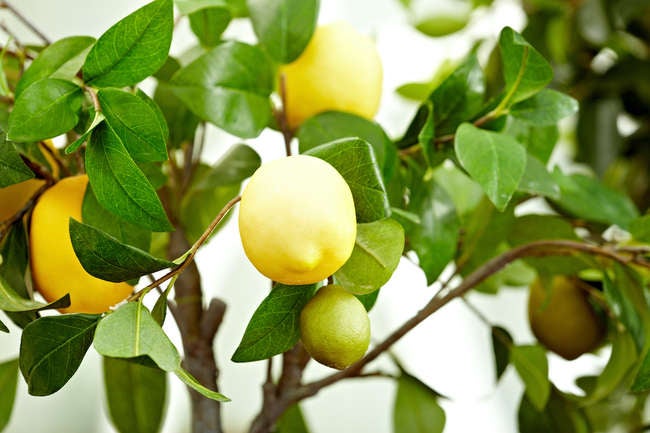

We may earn revenue from the products available on this page and participate in affiliate programs. Learn More ›
Home Advice You Can Trust
Tips, tricks & ideas for a better home and yard, delivered to your inbox daily.
Fruitful Choices
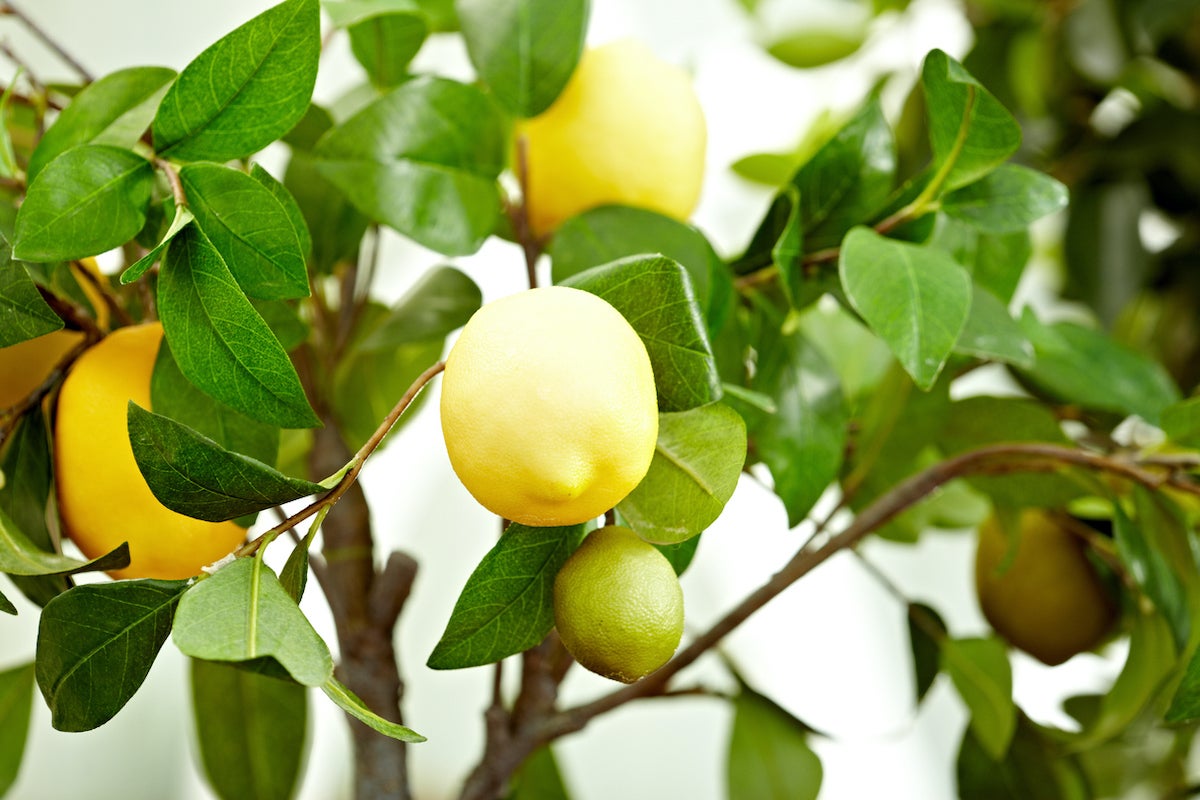
Fruiting plants require large amounts of sunlight, preferably at least 8 hours per day. So, place them in the brightest spot in the house, either in a sunroom or sun porch or close to a large and unshaded south-facing window.
Gardeners tempted to grow indoor fruit trees from seed should keep in mind that seedlings take longer to begin bearing than grafted trees do, and tend to produce inferior fruit. For the best results with citrus, Martha Stewart recommends two- to three-year-old grafted, dwarf cultivars. Other types of fruit plants generally will mature more quickly from cuttings than from seeds, too.
Acerola (Malpighia glabra)
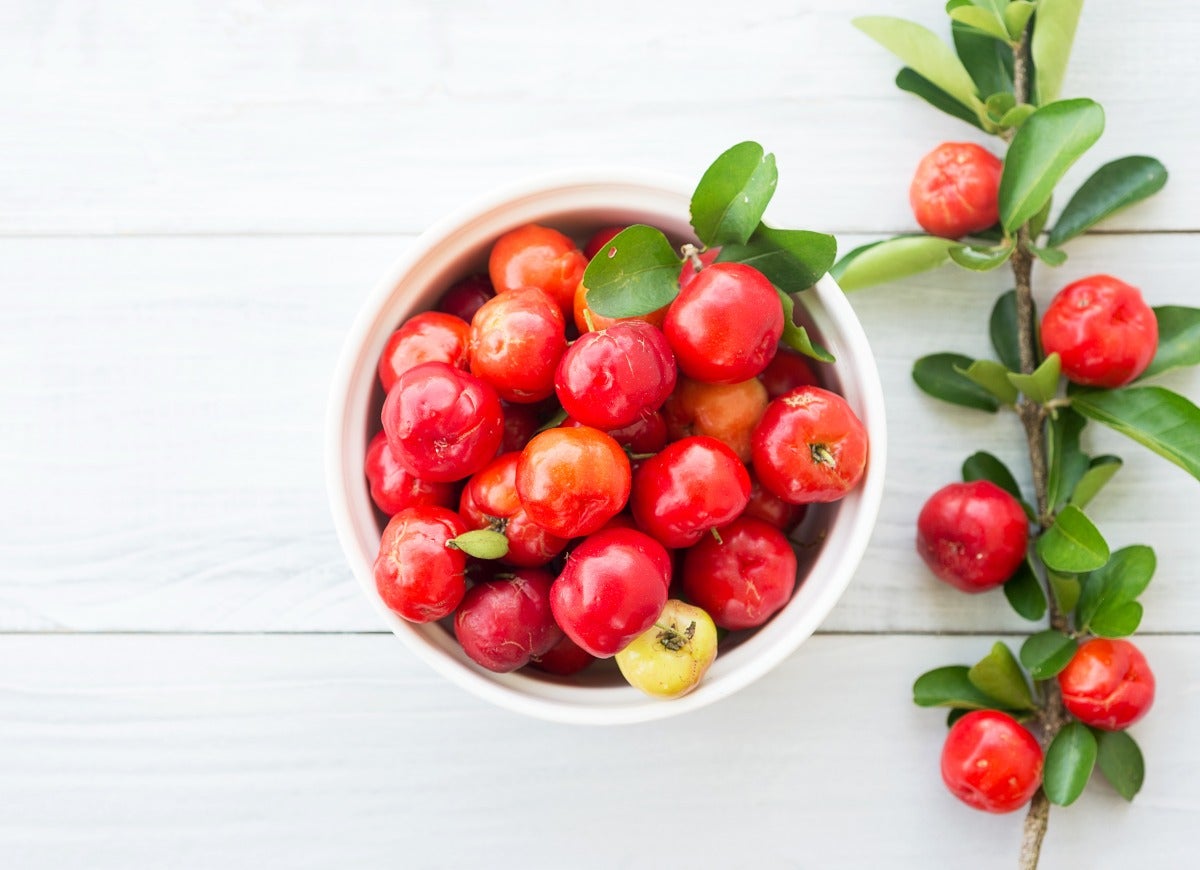
Also known as Barbados cherry, this superfood and cherry of a houseplant packs 30 times more Vitamin C into its red berries than citrus fruits contain. Its tolerance of dry air makes it one of the easier fruit trees to grow indoors, wearing whirligig-like pink blooms in spring and cherries during the summer. Place it outdoors on a sunny patio or balcony during the warmest months for the best fruit set, which occurs at temperatures higher than 80 degrees Fahrenheit.
Avocado (Persea americana)
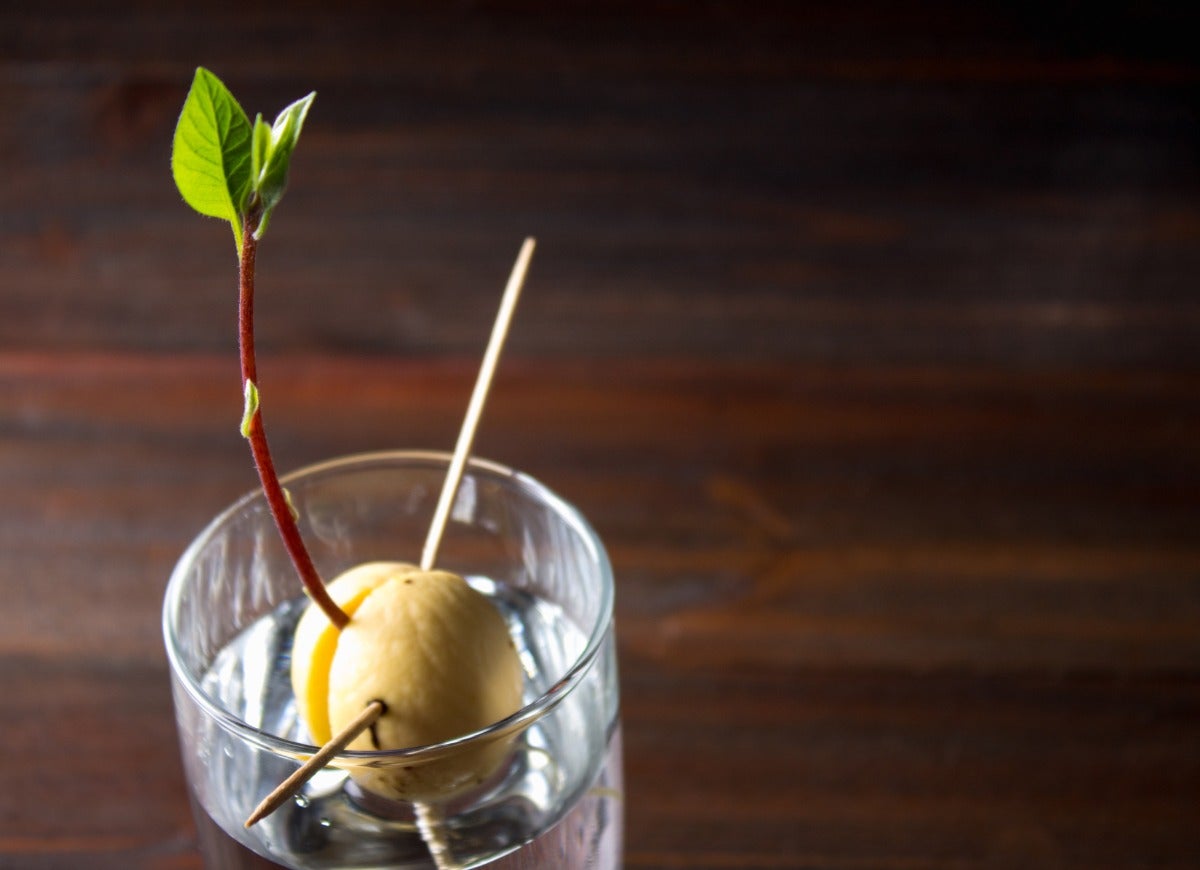
Although glossy-leaved avocados have long been popular houseplants, Laurelynn and Byron Martin warn in Growing Tasty Tropical Plants
that pit-grown trees are, in fact, the pits! “Such plants hardly ever fruit, and if they do, the fruit quality is poor.” They recommend the self-pollinating cultivar ‘Day’ as “by far the easiest avocado variety to fruit in a pot as a small plant.” Be sure to keep it in well-drained soil, since avocados are prone to root problems.
Calamondin Orange (Citrus x microcarpa)

For gardeners who don’t own a greenhouse, this remains the easiest and most popular orange tree to raise indoors. Bearing fragrant white blooms and small, sour, lime-sized orange fruits almost year-round, it may have originated from a cross between a kumquat and a tangerine. For a look of a different stripe, choose the variegated variety (Citrus x microcarpa ‘Variegata’). Keep in mind that oranges prefer cool conditions—65 degrees Fahrenheit during the daytime and 55 degrees at night—during winter.
Coffee (Coffea arabica)
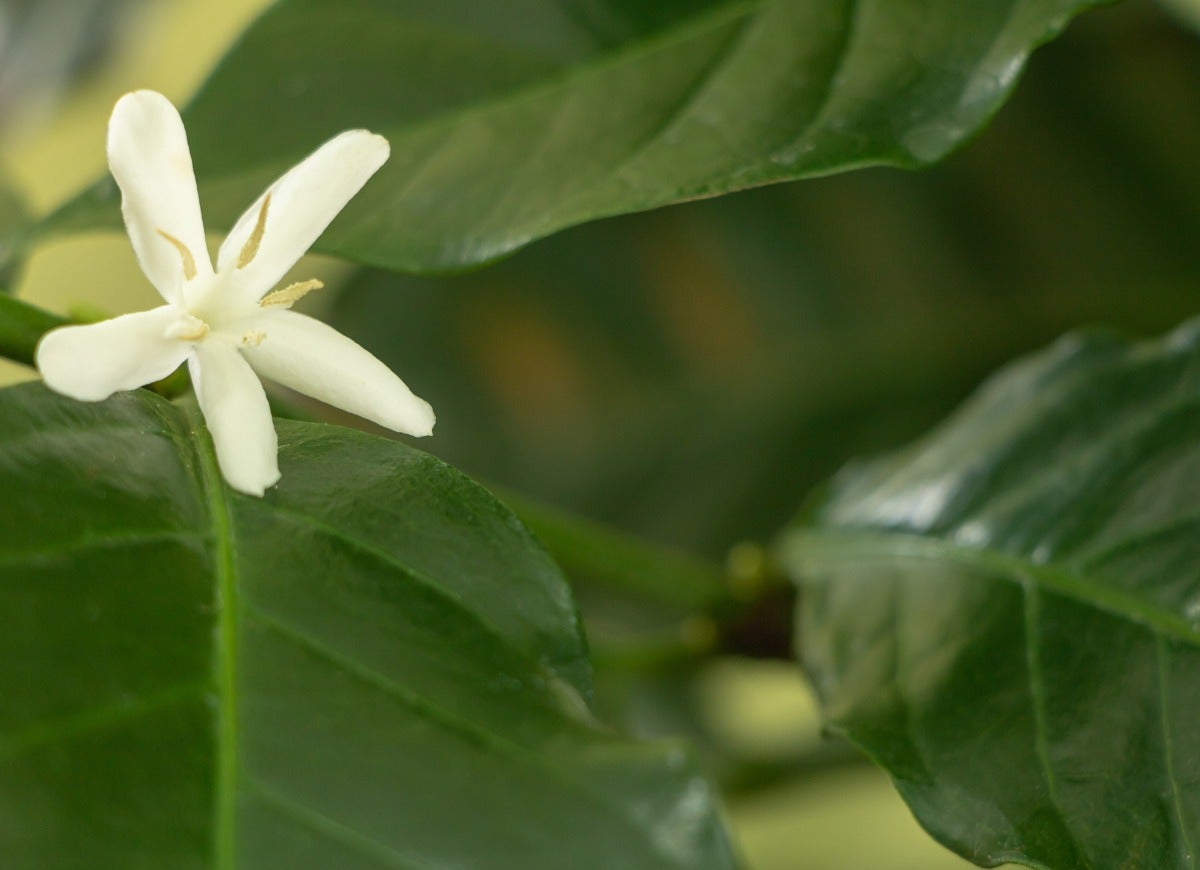
One of the easier fruit plants for beginners to grow, coffee may be flourishing and “full of beans” within a year. This good Joe tolerates dry air, can produce in partial rather than full sun, and blossoms off and on in all seasons. Its fragrant white blooms give new meaning to “wake up and smell the coffee” and precede green berries which ripen to red. However those beans will require skinning, soaking, and drying before they can be ground.
Dwarf Pomegranate (Punica granatum ‘Nana’)
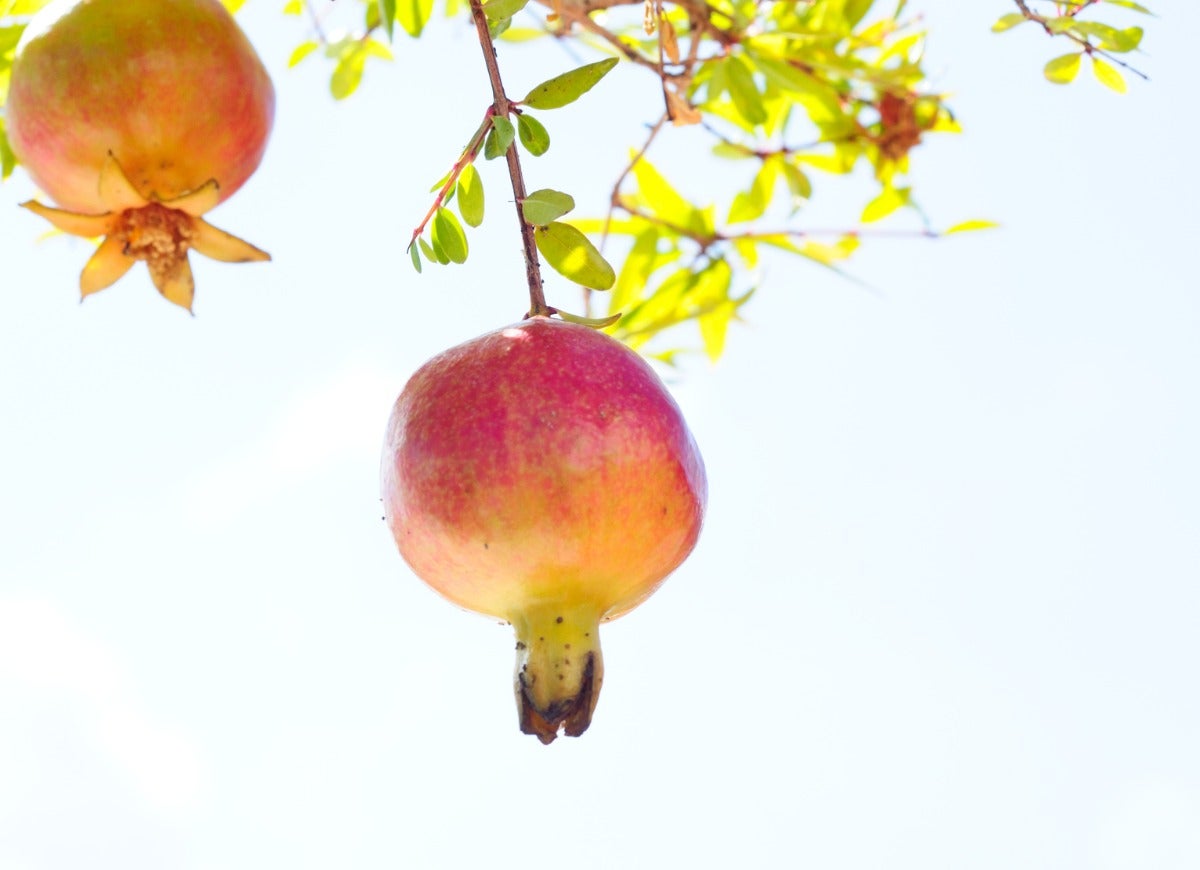
In Latin, nana means “small” rather than “grandma,” and this dwarf provides the look of a pomegranate tree in miniature. Its red-orange “bells” in summer are followed by fruits no more than 2 inches long. Evergreen under warm conditions, it doesn’t require chilling—as larger pomegranates do—to perform. Although this tree tolerates dry conditions and low humidity, bring it in before temperatures drop below 50 degrees in the fall or the sometimes deciduous ‘nana’ could remain leafless all winter.
Fig (Ficus carica)
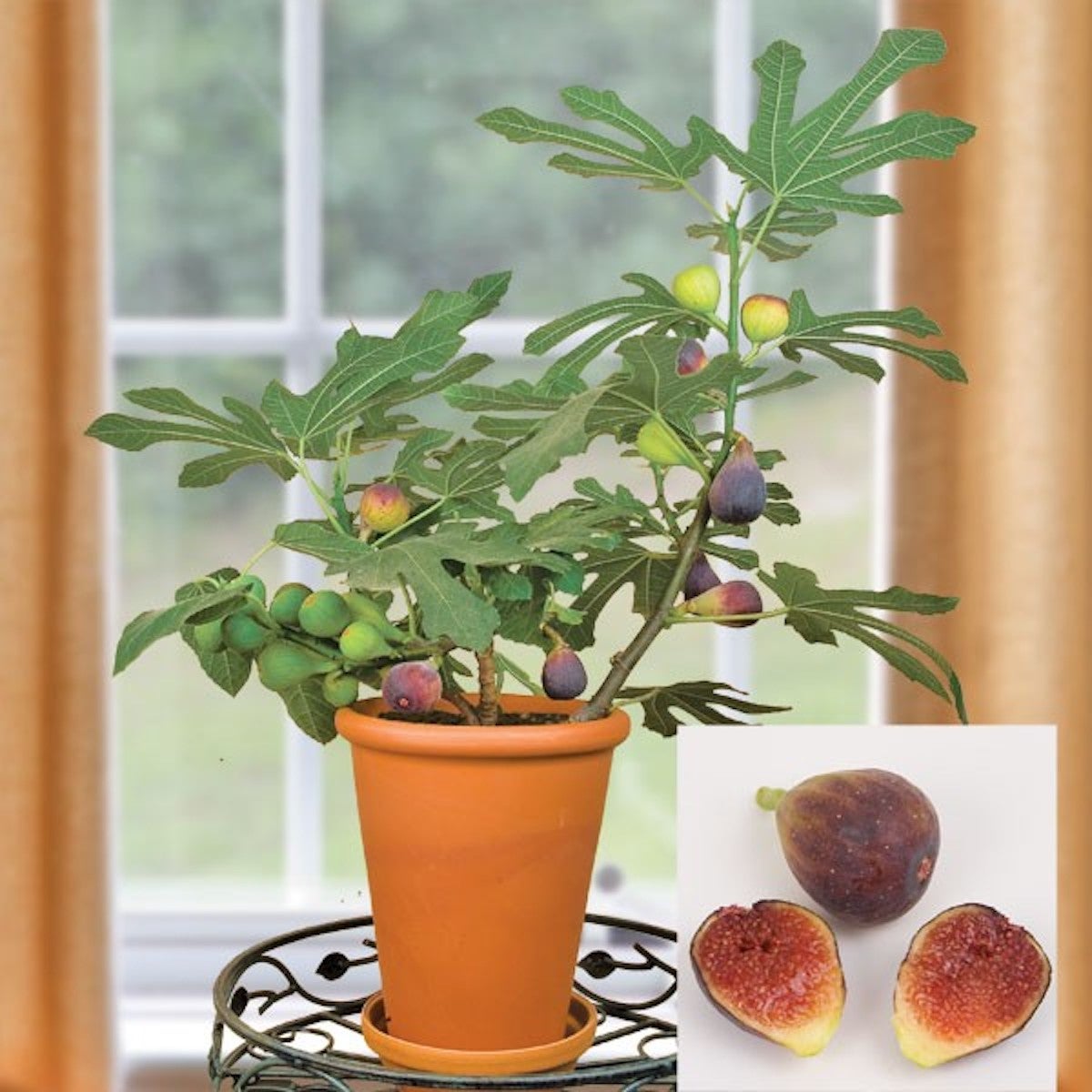
As many of the fig’s non-fruiting kin prove, members of the Ficus genus make good houseplants. Carica generally isn’t much bothered by pests or disease except under extremely dry conditions. ‘Petite Negra’ starts fruiting when less than 12 inches tall and produces attractive dark purple figs. Although more famous for covering nakedness, the fig may denude itself if left outdoors too late in the fall. That doesn’t mean it is dead—just dormant.
Kumquat (Fortunella spp.)
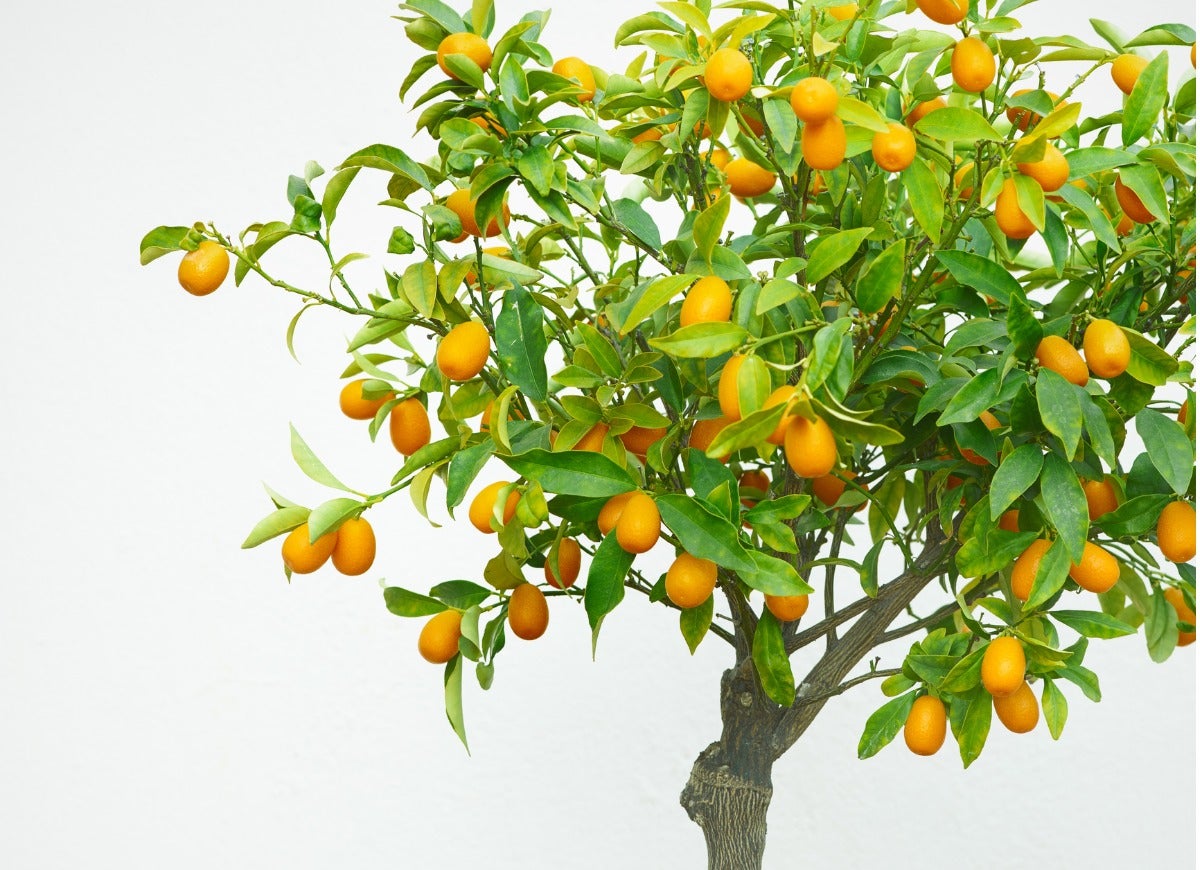
With tart orange fruits typically no larger than grapes, kumquats are one of the easier citrus plants to grow indoors. The fact that they don’t require peeling makes them even more appealing! They should flower in summer and produce fruit the following winter. If you don’t like the typical ‘Nagami’ type from the supermarket, grow the ‘Meiwa’ or ‘Fukushu’ cultivars instead. The former bears the sweetest fruits, the latter the largest, reportedly the size of little orange apples.
Lemon (Citrus limon)
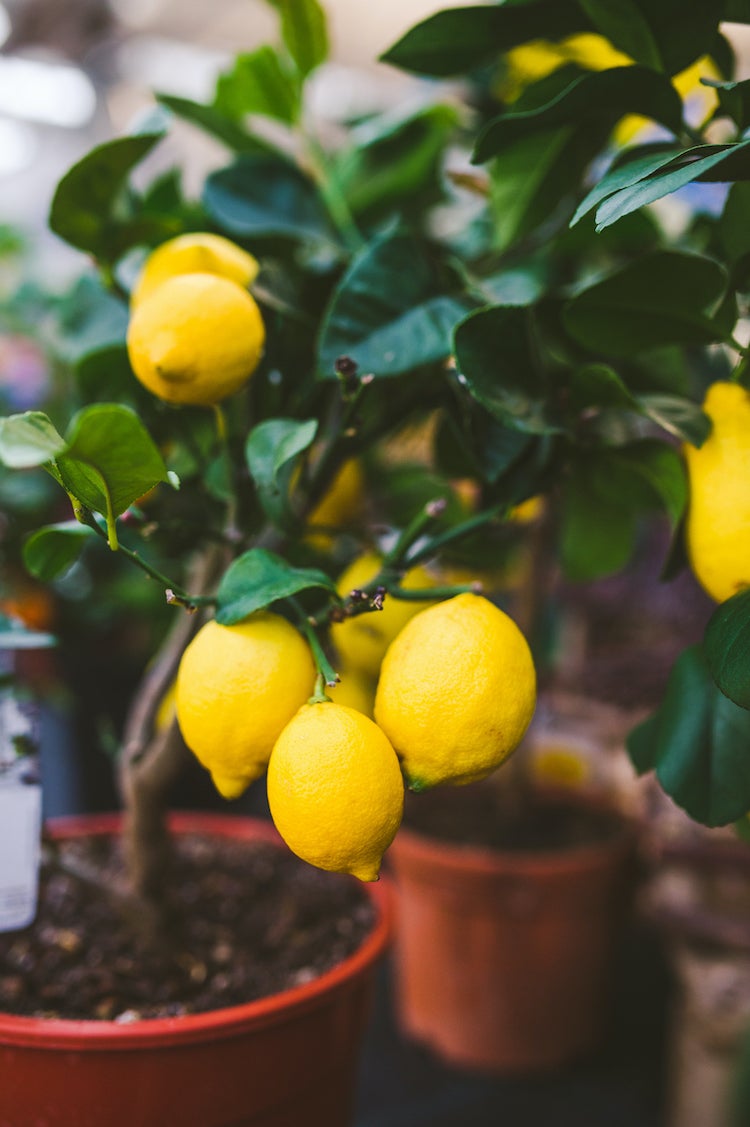
Although the Ponderosa lemon produces more prodigious fruits—up to 5 pounds each—Tovah Martin warns in The Unexpected Houseplant that it may be “too much of a handful for the average home. . .But, if you want something larger than life, this is the baby for you.” An attractive alternative which may be less of a lemon—in more ways than one—for most gardeners, ‘Meyer’ makes lavender-backed white blooms in spring and fruits in autumn.
Lime (Citrus aurantiifolia, australasica, and hystrix)
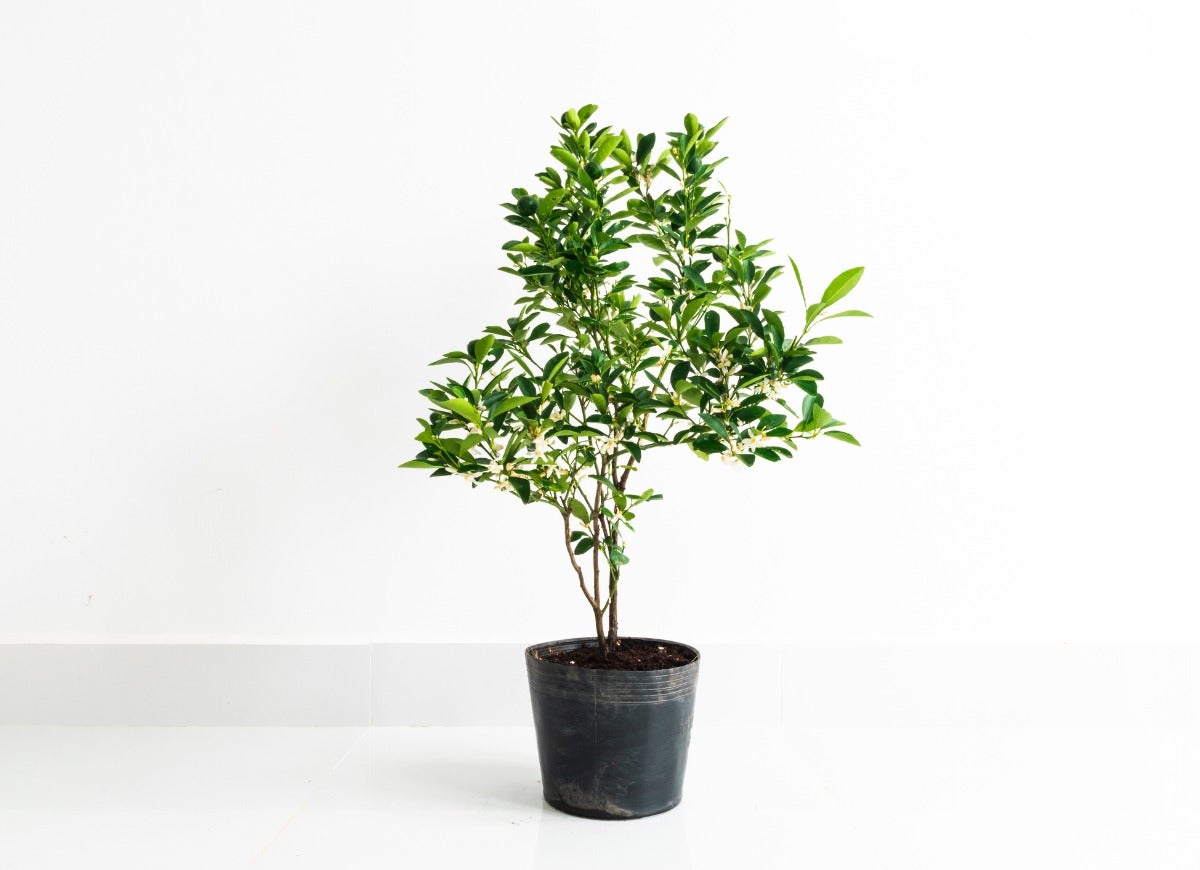
For a classic sort of lime, choose a member of the aurantifolia species, which includes Key Lime and Persian Lime. If you’d prefer something more unusual, opt for the Australian Finger Lime, with fruits resembling pudgy green fingers, which is less susceptible to root rot than its relatives. Finally, there is the kaffir lime, aka the less-offensive makrut, grown for its foliage rather than its lumpy fruits and recommended by Stewart as a flavoring for Thai food.
Miracle Berry (Synsepalum dulcificum)
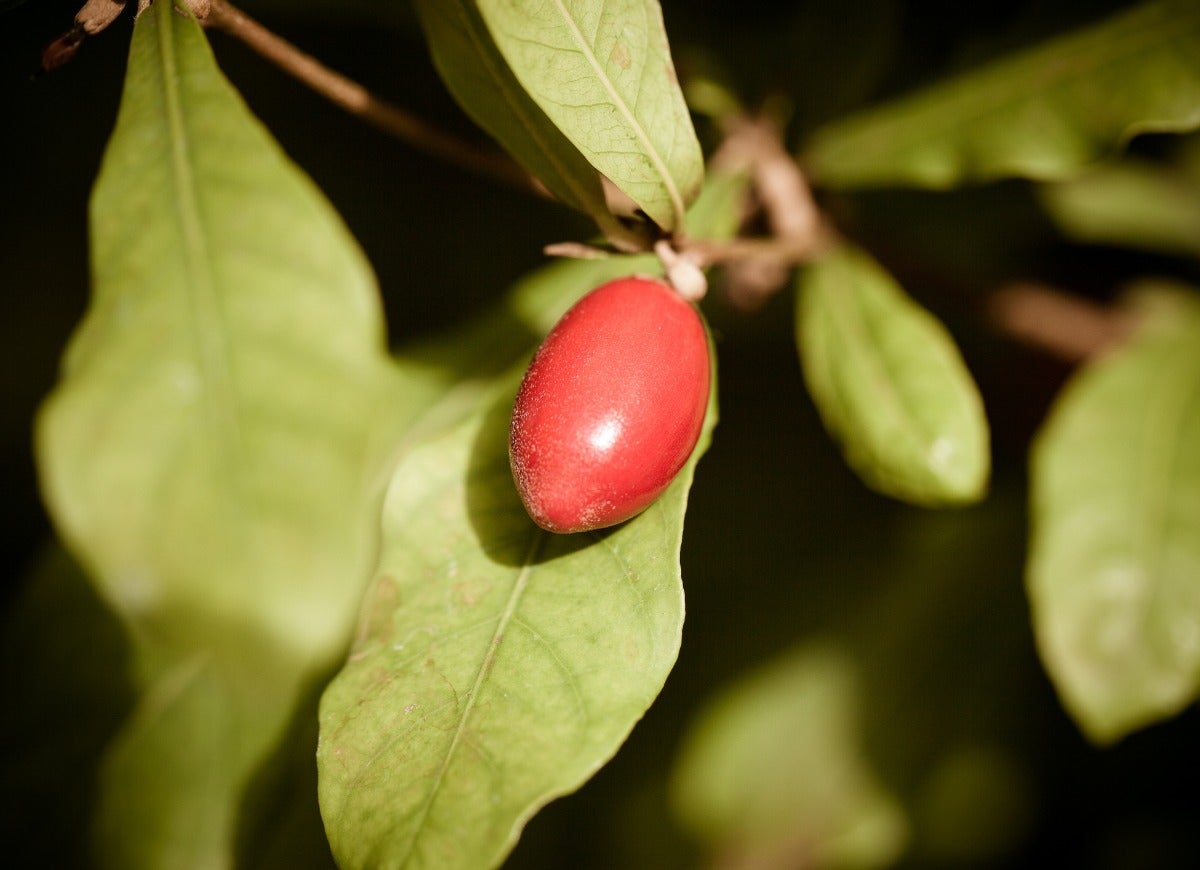
The miracle berry pulls off an impressive parlor trick by making anything eaten after it taste sweet—even the tartest of fruits. Although those effects don’t last, the plant does, and grows into an attractive tree with veined foliage and inch-long red berries. Give it an acidic potting soil and avoid watering it with hard water, which could sweeten the soil too much. Also, finger the brown and white blooms occasionally to give the bush a hand with pollination.

All You Need to Care for Your Lawn & Garden
Keeping your grass green and your plants thriving doesn’t just take a green thumb—it starts with the right tools and supplies.